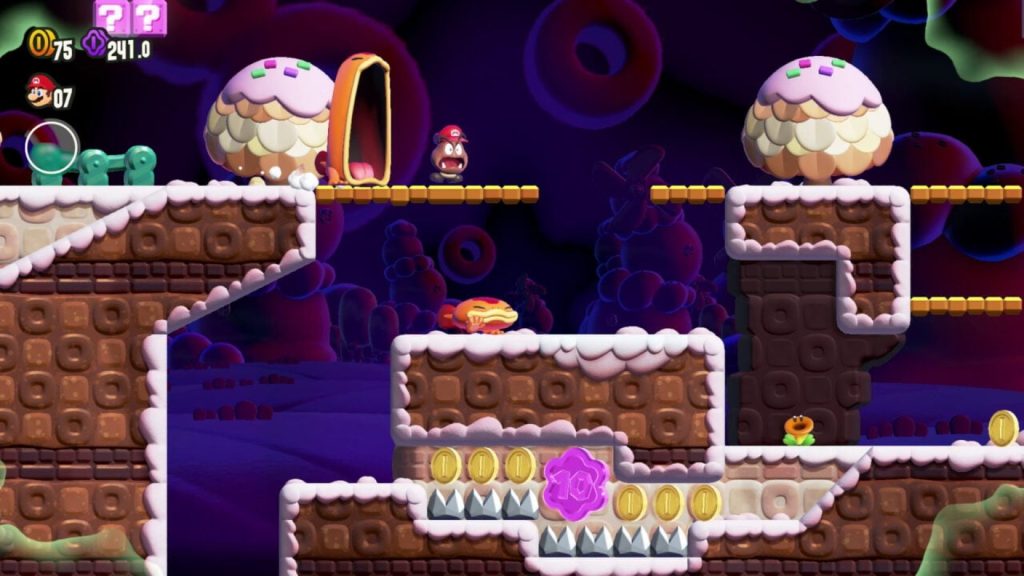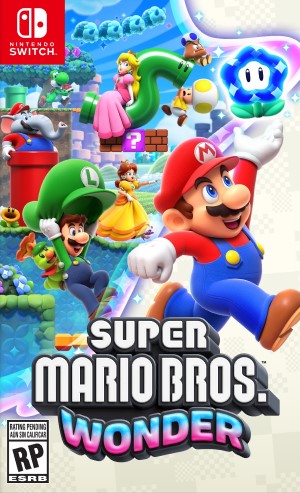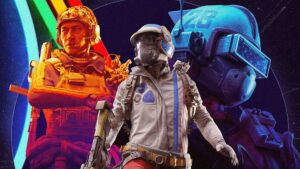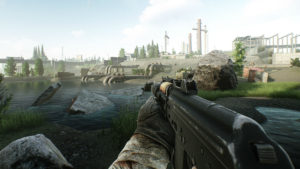The Super Mario franchise’s line of 2D mainline platformers hasn’t quite been on the same level as its flagship 3D entries over the last couple of decades, but with the New Super Mario Bros. series firmly in our rearview mirror and the upcoming Super Mario Bros. Wonder making lofty promises, there’s plenty of excitement surrounding the 2D Mario line’s future once again.
Mario Wonder has enjoyed near-universe critical acclaim from critics in the lead-up to its release, and it seems it owes quite a bit of its success to the success the Mario franchise has consistently found with 3D platformers.
Speaking during a recent Ask the Developer interview published by Nintendo, veteran producer Takashi Tezuka said that one of the main driving philosophies for Mario Wonder’s development was to craft an experience that, similar to Super Mario Odyssey, would allow greater freedom and a greater range of options, so that it could be enjoyed by players of all skill levels in different ways.
“Compared to 3D Mario games, 2D Mario games may seem to have less visual variation and be more challenging to complete,” Tezuka said. “But then we made a small discovery when developing the smartphone app Super Mario Run. One of the development team members who wasn’t that skilled at Mario platformers told us, ‘I want to see more of the game, but I can’t progress because I’m not that good at this type of game.'”
“We didn’t think it was that challenging, so we hadn’t realised you’d feel discouraged from continuing the game if it felt too difficult,” he continued. “So we started to think about what we could do to make players want to advance. Then we thought, maybe there isn’t enough freedom. For example, I feel that Super Mario Odyssey is designed so that all players can reach the ending, no matter how they progress through the game.”
Game designer Koichi Hayashida added, “I think that this gameplay is adapted to modern times. Tezuka-san suggested we could perhaps use 3D Mario platformers as a reference point, since their gameplay is designed for players to reach the end.”
Tezuka went on to explain how, similar to 3D Mario titles like Odyssey, Mario Wonder will encourage players to get past obstacles and challenges using not only their platforming skills, but also their creativity and ingenuity.
“I felt that 2D Mario games often had the reputation of being unforgiving,” he said. “Compared to 3D Mario games, just one mistimed action can lead to a bigger mistake, since you have fewer options in terms of movement. In this game, we’ve changed that. We’ve designed it so that players can conquer the game with their ideas and use their heads, not just their skills, to progress.”
Hayashida went on to talk about several of Super Mario Bros. Wonder’s elements and systems that are designed to bring consistent variation, including Wonder Seeds and Effects, different difficulty levels, and more.
“With all that in mind, we felt that a 2D Mario game adapted to the times would be one that you could complete your way,” he said. “For example, up until now, 2D Mario games have been in a format where players complete each course in sequence. But in this title, players who want a challenge can start with a difficult course, and beginners can start with an easier one. Each course has its difficulty indicated too.
“We even implemented a method used in 3D Mario games by which you can unlock specific courses with key items that you collect. That key item is what’s called the Wonder Seed. You can obtain Wonder Seeds upon reaching the end of each course, but even if you can’t complete a course, you can still buy them at the Poplin Shop by collecting flower coins.”
Game director Shiro Mouri added, “We’ve also increased the number of playable characters to 12, and players can freely choose what ability to add to their own character.”
In previous parts of the Ask the Developer interviews for Super Mario Bros. Wonder, the 2D platformer’s development team has also spoken about the game’s visual style and animations, confirming that it did not take inspiration from The Super Mario Bros. Movie. The developers also offered insight into the game’s development, which apparently had an “ample” budget and no deadlines to meet during production.
Super Mario Bros. Wonder launches on October 20 for the Nintendo Switch.
















